Carl Pei is one of the most significant figures in the world of smartphones and is building his net worth on the back of two immensely successful companies he created.
Born in Beijing on 11 September 1989, Pei left for the United States with his family at an early age. The family then moved to Sweden, where Pei was raised.
According to his LinkedIn profile, he dropped out of the Stockholm School of Economics, where he enrolled in 2008 for a Bachelor of Science degree before leaving in 2011. There is no information about any other educational qualification or school on his profile.
However, Pei, today, is one of the most important faces in the world of technology. In 2016, he was included on Forbes’ list of 30 Under 30 in Consumer Tech for how he formed and led OnePlus.
Fortune included him on their list of 40 Under 40 in 2019 for making OnePlus more popular in India than Apple, with 33 per cent smartphone market share in the country and behind only Samsung.
Pei has been popular for a long time. But his fame perhaps grew far more when he created Nothing — a tech company that has produced two smartphones and earbuds. The products have been quick to create a buzz in the market, especially in India.
Pei is now aiming for much more. In a conversation with The Verge in July 2023, he said that he is now thinking about software.
Referring to the invention of the App Store in 2008, which he called the “last major innovation in mobile OSes,” Pei said that it gave “infinite capability” to smartphones.
“The major platforms, they’re bought into this because whenever the app developers make money, they also make money. So I think there’s a vested interest in not doing that much on the mobile OS side. Maybe that’s where we should be exploring what could be done,” he said.
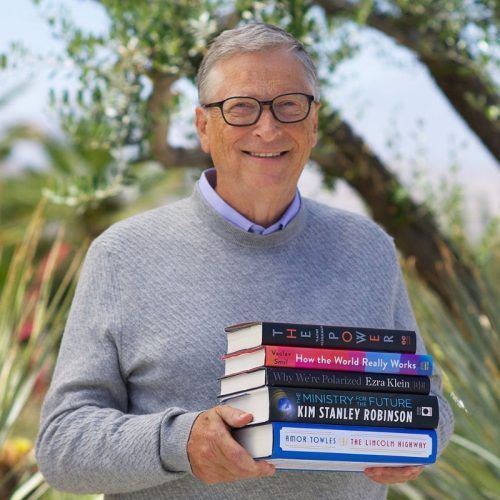
Bill Gates’ Net Worth: A ‘Window’ Into The Microsoft Co-Founder’s Jaw-Dropping Wealth

What is the net worth of Carl Pei?
The net worth of Carl Pei is unknown. Some media reports suggest that his net worth can be between USD 5 million to USD 10 million. Although there is no confirmation of the same, a detailed look at the sales figures and the success of the two companies he has helmed gives an idea about his wealth.
Everything about Carl Pei and his businesses
Early life and career
During his time in college, Pei started working for Nokia for a very short one. He told Forbes in 2015 that he first returned to China during a gap year before college to explore business opportunities.
At some point soon after dropping out of college, Pei again left for China with the objective of establishing himself in the world of technology.
How Carl Pei founded OnePlus

When Carl Pei flew back to Asia after dropping out, it was to work for Chinese consumer electronics giant Meizu in their marketing department in Hong Kong.
The job offer, according to Pei, came because of the popularity of an online forum he had started in Sweden, discussing MP4 players with its international users. Meizu took note of Pei as the forum grew and asked him to join their Hong Kong office in 2011. By this time, Meizu had started focusing on smartphones.
Pei soon left to work for Chinese smartphone maker OPPO as its international markets manager under Pete Lau. This was where the seed of OnePlus germinated.
Lau and Pei soon left OPPO to co-found OnePlus on 16 December 2013 in Shenzhen, Guangdong province of China. Pei served as the director of OnePlus Global and Lau was the Chief Executive Officer (CEO).
Though it was not widely known in the initial years, Gizmochina had in April 2014 reported that OnePlus was a wholly owned sub-brand of OPPO based on a document from the Market surveillance department in Shenzhen, which showed that OPPO’s investment in OnePlus was 100 per cent.
OPPO, on the other hand, is owned by BBK Electronics — a Chinese electronics conglomerate that also owns smartphone makers Vivo and Realme.
Launch of OnePlus One
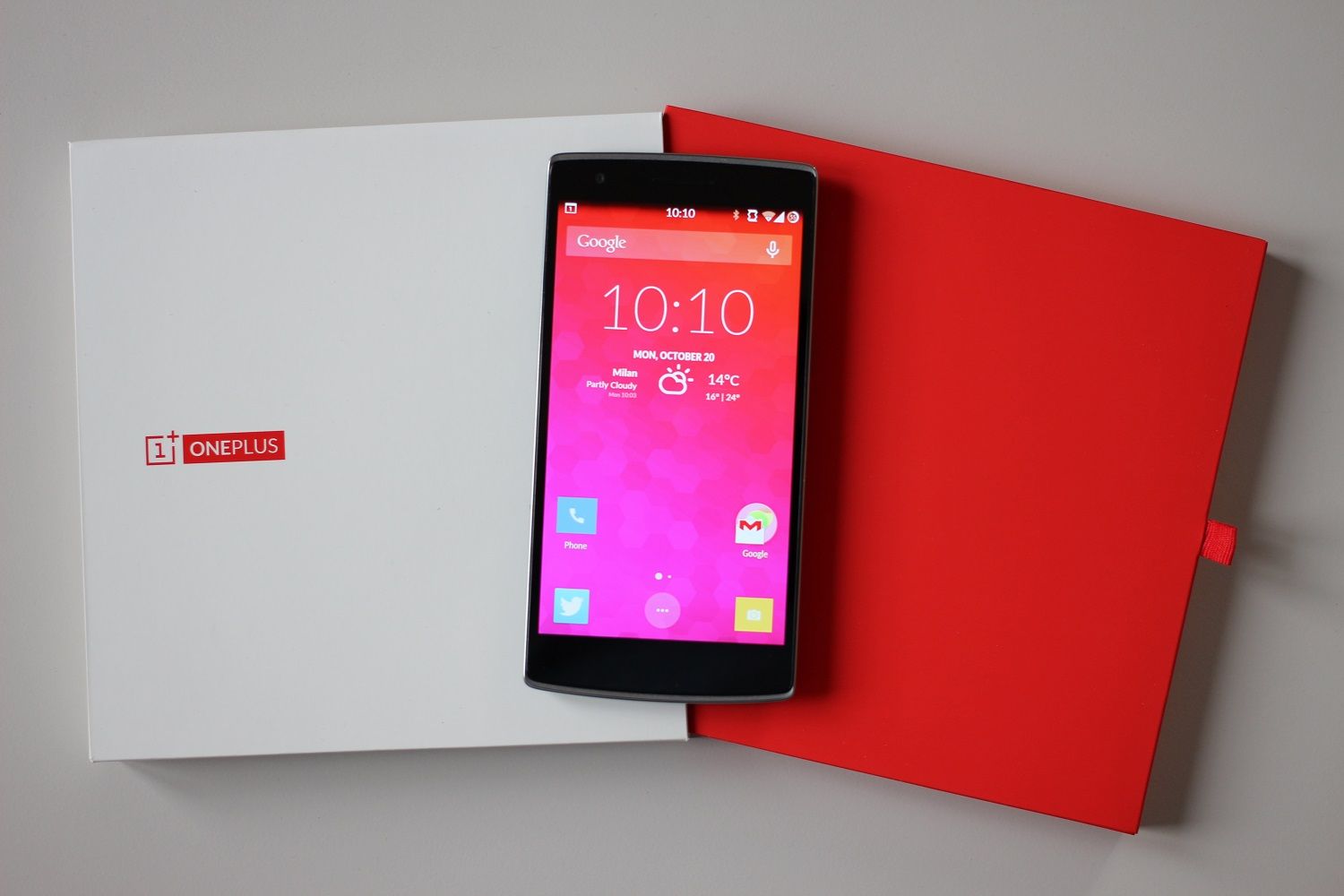
Under their motto, “Never Settle,” OnePlus launched their first smartphone, OnePlus One (also written as OnePlus 1), in April 2014.
Shipping started in late June of the same year, with the smartphone being offered under a unique strategy. Under this, invitations were sent by their initial owners to prospective buyers, which created a sense of exclusivity and reduced the burden of production on the company.
The phone was considered a high-end Android device. It came with a 5.5-inch 1080 pixel display, a 2.5 GHz quad-core processor, 3GB RAM, 64GB storage, a 13-megapixel rear camera and a 5-megapixel front camera.
TIME magazine hailed the OnePlus One as the “phone of dreams” in its July 2014 review.
Incredible sales of the flagship phone
Though the strategy was initially criticised, it paid off and, according to Forbes, the company said that its revenue for 2014, completing the first year of its launch, was more than USD 300 million. It had surpassed sales of over half a million handsets by November 2014 and “almost a million” in the first six months.
Speaking to Forbes in November 2014, Pei said that the sales figure was achieved on the back of an advertising budget of just USD 300.
“All that money was spent experimenting on different types of Facebook ads. We found that we’ve now reached a critical mass of users, and they are helping us spread the word organically,” he said.
In a conversation with CKGSB Knowledge, the online publication of the Chinese business school Cheung Kong Graduate School of Business (CKGSB), in June 2015, which was shared by Forbes, Pei revealed that even he was surprised by the rapid growth of the company.
“We didn’t really have a lot of expectations. We initially forecasted that 10 per cent of our business would be global. But in 2014, our first year, around 65 per cent of our business was global. In Q1 this year, around 92 per cent was global,” he said.
“We had no money. We still have very little money. And when you don’t have money, you are forced to become a lot more creative in how you reach out to people. Most of our marketing has been very focused on word-of-mouth online, like campaigns on social media and forums. We also earned a lot of attention through PR,” he added.
By July 2015, Pei told The Wall Street Journal that sales of the phone had crossed 1.5 million units.
Within this one year, OnePlus rose from less than 10 employees to over 900 employees spread in more than a dozen countries and satellite offices in Singapore and India’s Bengaluru.
OnePlus has not looked back since. Its focus from the very beginning was on excellent build quality, outstanding design and attention to customer’s core needs. The company’s smartphones offer all of that at a price more affordable than other smartphones with similar features which were at the higher end of the spectrum.
By 2019, when Pei was named in Fortune’s 40 Under 40 list, OnePlus was selling in 38 regions around the world, including the US. Its latest model, OnePlus 7, had raised USD 144 million in sales within one minute of its release in China.
Several observers, therefore, credit OnePlus and Pei’s vision for the disruption caused to the smartphone market, following which better quality at a lower price point became a pursuit for most brands.
Today, OnePlus has several phones in the main OnePlus line and under the OnePlus Nord series, whose first model was launched in 2020. The company also produces headphones, TVs and wearables such as smartwatch and OnePlus Band.
Carl Pei leaves OnePlus
After seven years with the company since its founding, Pei announced his resignation in October 2020.
“The world didn’t need another smartphone brand in 2013. But we saw ways of doing things better and dreamt of shaking things up. Better products. Built hand in hand with our users. At more reasonable prices. Fast forward to today, and OnePlus is a strong force to be reckoned[sic.] when it comes to flagship smartphones,” he said in his farewell address.
“Our community joined the movement before we even had a product, back when all we had were ambitions and ideas. From having hundreds of you show up to have ice cream with me, thousands attending our launch events, and tens of millions purchasing our products worldwide; I want to thank you all for believing in us throughout all these years,” added Pei, before thanking Lau “for taking a chance in this kid without a college degree.”
At the time, Pei didn’t reveal his next plans. He simply said he would take the time off to focus on friends and family.
Carl Pei launches Nothing
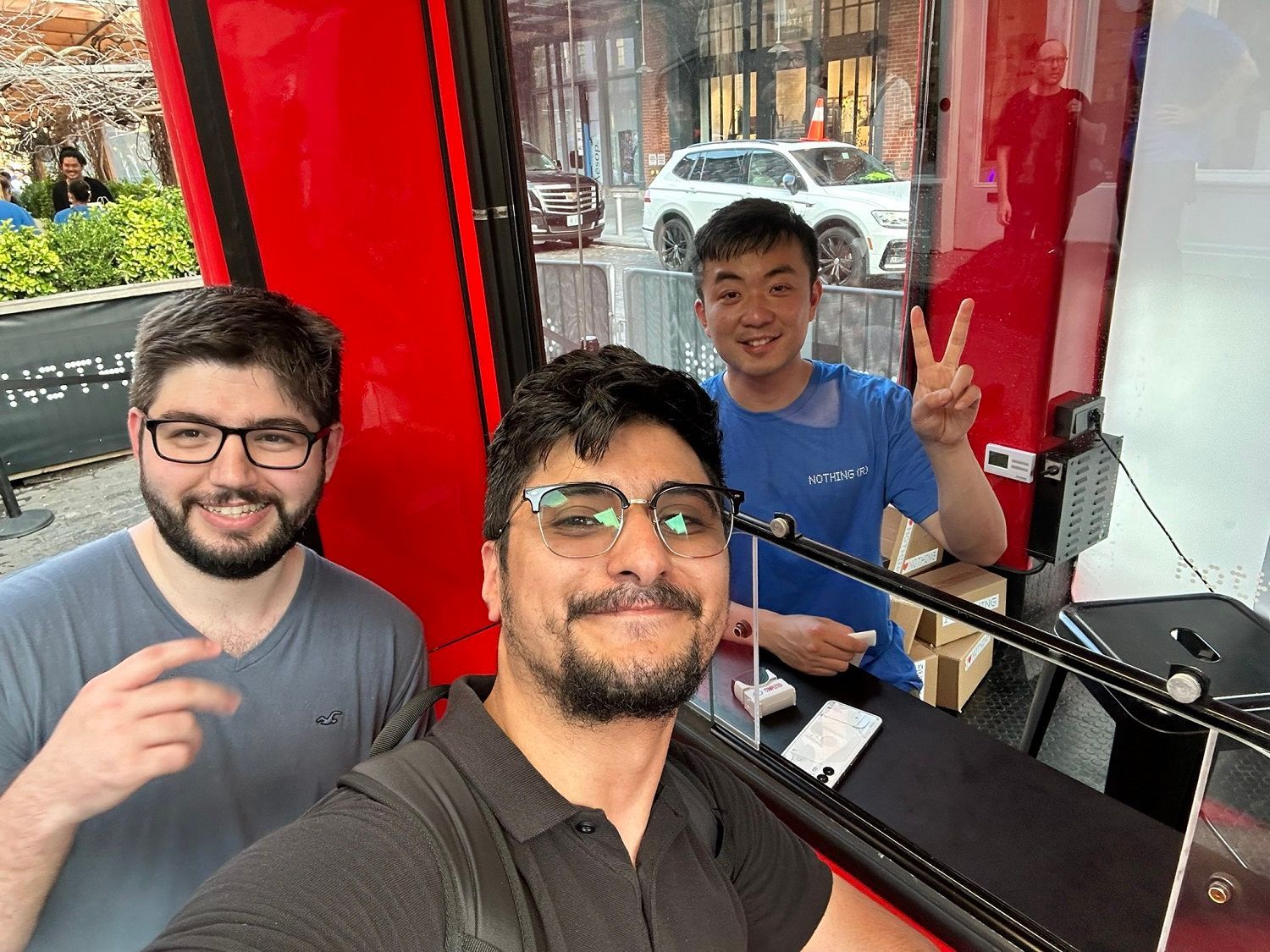
Carl Pei announced the formation of his own company, Nothing, in January 2021. Headquartered in London, the company’s early investors included iPod inventor Tony Fadell, Reddit CEO Steve Huffman, Twitch co-founder Kevin Lin and YouTuber Casey Neistat.
“Nothing’s mission is to remove barriers between people and technology to create a seamless digital future,” Pei said in a press release, adding, “We believe that the best technology is beautiful, yet natural and intuitive to use. When sufficiently advanced, it should fade into the background and feel like nothing.”
Pei serves as the CEO of the company, whose first product was Nothing Ear (1) wireless buds, which was launched in July 2021.
It was followed by the company’s first smartphone, Nothing Phone (1), which was announced on 23 March 2022. The phone was eventually launched by Pei with a keynote address in London on 12 July 2022.
Nothing Phone (1) instantly caught the attention of the market and the end user it targeted with its unique design, featuring glyph lights on the semi-transparent back of the phone. The lights sync with ringtones as well as Morse codes. Users can set specific combinations of the lights to identify specific callers from the way the glyph interface flickers.
Later on, the acclaimed music group Swedish House Mafia collaborated with Nothing with their sound pack on the glyph composer.
Let’s make some noise.
The Swedish House Mafia Sound Pack is now live on the Glyph Composer.
Here’s how to access the sounds and create your very own Glyph Ringtone. pic.twitter.com/AYLi1vKNkv
— Nothing (@nothing) August 3, 2023
At the time of its launch, Nothing Phone (1) came with a 6.55-inch OLED display panel with a 120Hz refresh rate, a Snapdragon 778G+ chipset, a 4500mAh battery and two main 50 MP cameras on the back.
“Unlike what some brands would have you believe, quality doesn’t mean more cameras. They stack cameras. Think more is more. But more just means more cameras of lower quality. For an illusion of innovation. So Phone (1) has just two cameras. Two superb ones. Not four mediocre ones,” the company later said in a statement.
The phone was launched in Europe, the Middle East and Asia. In December 2022, Pei told CNBC, that Nothing didn’t launch the phone in the US “because you need a lot of additional technical support, to support all the carriers and their unique customisations that they need to make on top of Android.”
He added that the company was not ready for the US demand at the time of its launch.
In March 2023, Nothing launched Ear (2) earbuds to highly positive reviews. Though priced at USD 149 — USD 50 more than Ear (1) — reviews suggested that the company had massively upgraded the quality of the product with fewer bugs, better noise cancellation, fine sound quality and longer battery life.
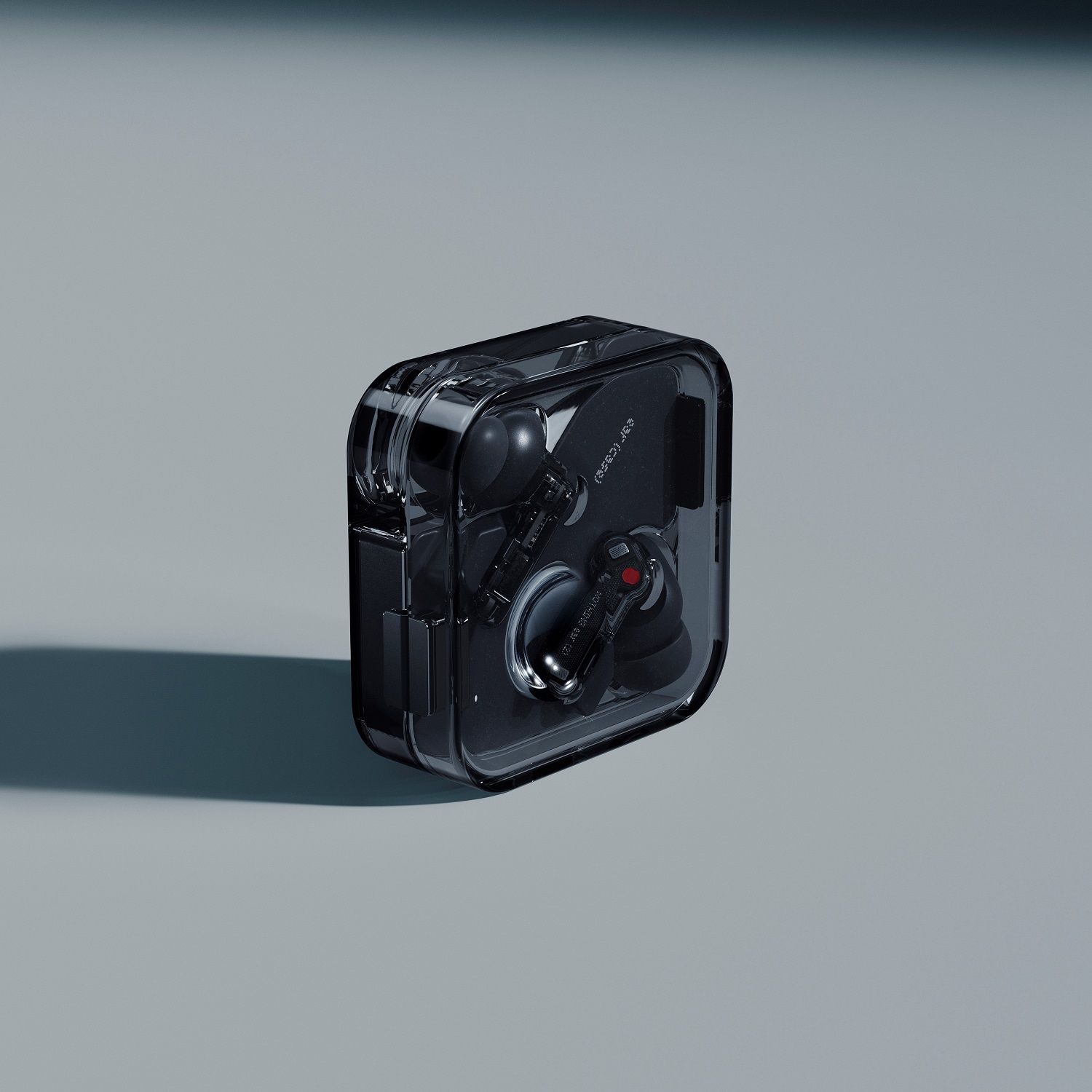
Four months later, Nothing Phone (2) was launched. The 6.7-inch 1080p screen-size phone came with a Snapdragon 8+ Gen 1 processor paired with Adreno 730 GPU and up to 12GB of RAM. At 4700 mAh, the battery of the second-generation Nothing phone is more powerful than the first.
Is Nothing making profits?
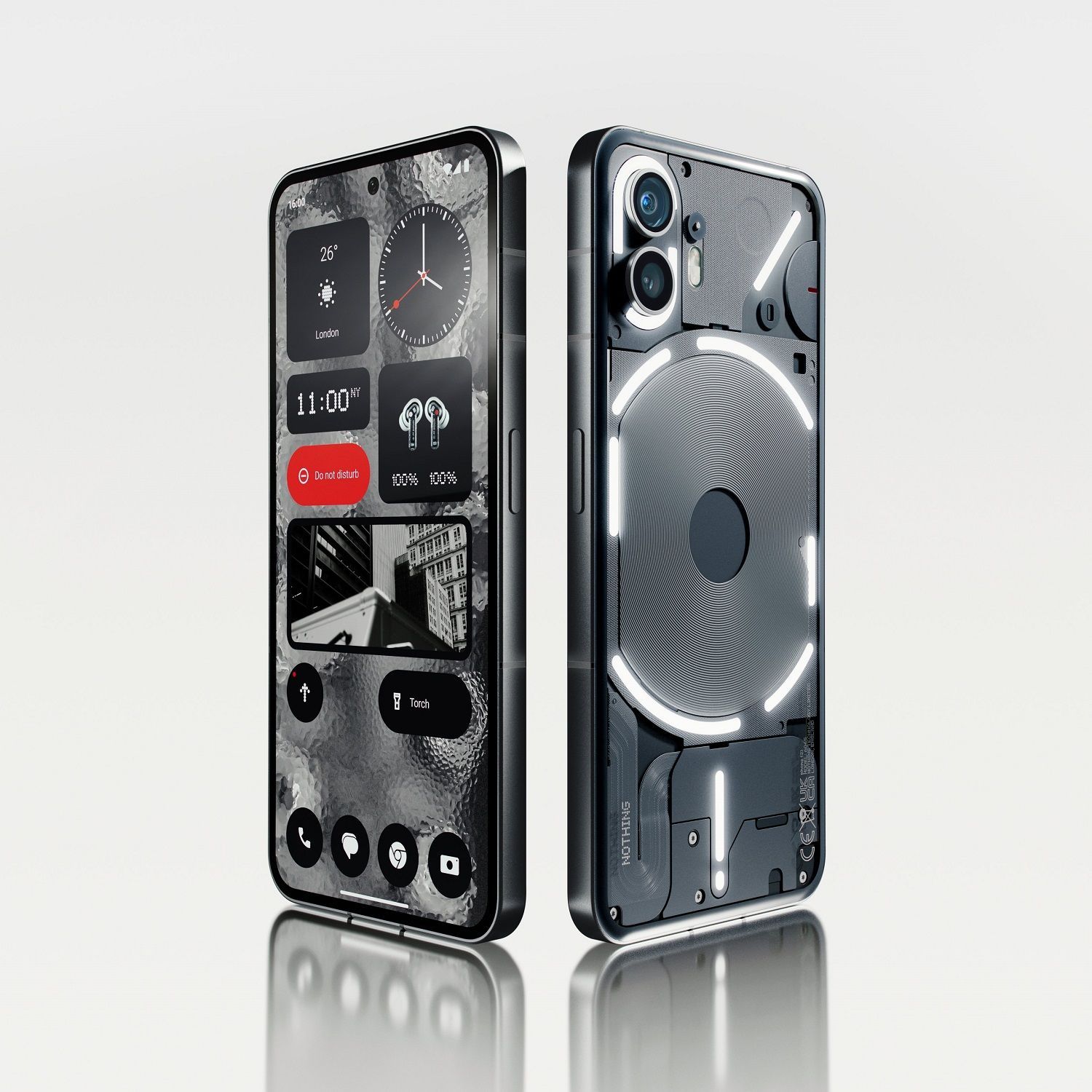
According to the December 2022 CNBC report, Nothing had till that point sold more than one million products worldwide. Its Ear (1) and Ear (Stick) earbuds had, at the time, sold 600,000 units. Sales of Nothing Phone (1) were at 500,000 units.
Speaking to CNBC, Pei said that he expects the company to be profitable by 2024.
“We are not profitable right now. And this year was made even harder due to the foreign currency exchange. We pay a lot of our COGS [cost of goods sold] in USD but we make money in pounds, in euros, in Indian rupees — so everything devalued against the USD,” he said, referring to the rally in the US dollar.
The report said that Nothing was expecting a more than tenfold jump in revenues at USD 250 million in 2022 — from USD 20 million in 2021. Its employee count had, by this time, doubled to more than 400.
(Hero image: Carl Pei/@getpeid/Twitter; Featured image: Carl Pei/@getpeid/Instagram)
Manas Sen Gupta











